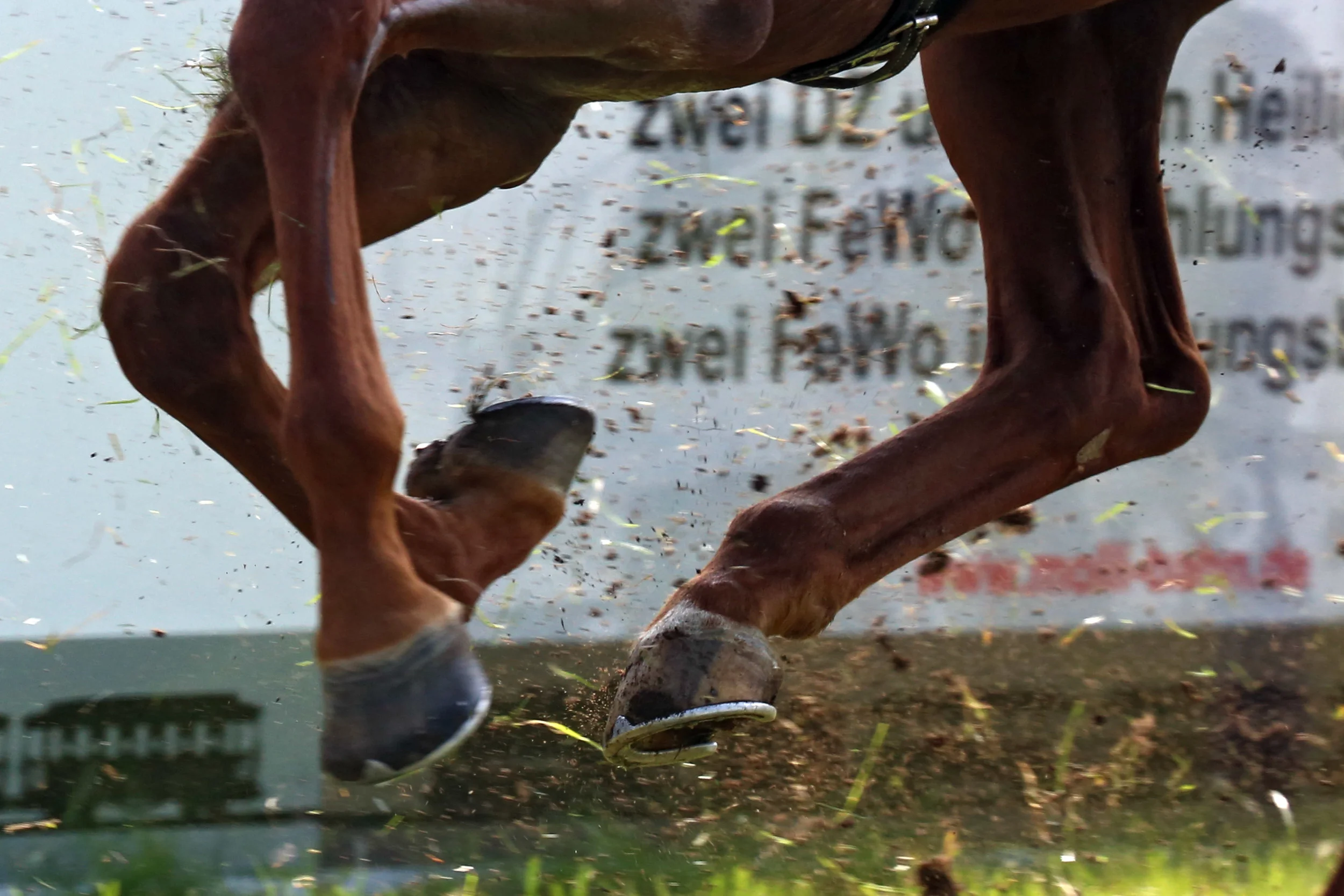Merial, the world-leading, innovation-driven animal health company has recently launched the updated ProteqFlu vaccine, marking the UK’s first and only fully updated equine flu vaccine that contains both a Clade 1 and Clade 2 antigen, which includes protection against the latest Florida Clade 2 strain, Richmond 07. This is a significant step for horse health and the equine industry as a whole.
Since its launch in 2003, ProteqFlu has become a leading EI vaccine on the European market, demonstrating its success and efficacy in real outbreaks, particularly during the last major outbreak - in Australia in 2007 - when it was the only vaccine chosen for the eradication programme.
EI remains a significant disease across most of the globe, primarily due to its ability to cause extensive disruption to equestrian breeding, training and competition schedules. As a result of this threat, vaccination against EI has become widespread and mandatory in some equestrian discipline being made mandatory for racing thoroughbreds in the United Kingdom, Ireland and France in 1981 following epizootics in 1979.
Virus strains are constantly evolving, a process which is monitored regularly by a panel of EI experts (Expert Surveillance Panel or ESP), which includes representatives from OIE reference laboratories. Data from outbreaks of EI, particularly in vaccinated horses, and the antigenic and genetic characteristics of EI viruses are reviewed annually.
Recommendations are then made on the need to update vaccines. The ESP’s latest recommendations are that vaccines for the international market should contain representative H3N8 EI viruses from both Clade 1 and Clade 2 of the Florida sublineage, with no requirement stipulated any longer for European lineage H3N8 or H7N7 EI viruses.
The timely updating of influenza vaccines with relevant viruses is considered essential by the ESP to minimise the threat of EI to equine populations worldwide.
The continuous evolution of EI vaccines is of major concern in relation to maintaining the protection of equine populations against EI across the world. If there is a mismatch between the ‘field’ virus and those strains in a vaccine containing ‘outdated’ strains the horse will be affected and even if only sub-clinically infected, is more likely to shed virus.
By way of example, the vaccinated animals from Japan that introduced EI virus into the Australian quarantine facility in 2007 had been vaccinated with vaccines containing outdated strains, as none of the vaccines available at the time had been updated in line with the most recent OIE recommendations.
The New updated ProteqFlu received its EU marketing authorisation on 11th July 2014, and was available in most European markets as of December 2014.
www.merial.com








